
What is the FDA 21 CFR 1040.10 Laser Safety Standard?
21 CFR 1040.10 is the U.S. laser safety standard. When exporting laser products to the United States, they must comply with the 21 CFR 1040.10 laser safety standard.
Definition of 21 CFR 1040.10
21 CFR 1040.10 is a specific section of the U.S. Federal Regulations (Code of Federal Regulations, CFR) Part 21 that deals with laser products and laser systems. These regulations are set and enforced by the U.S. Food and Drug Administration (FDA) and aim to ensure the safe use of laser products in the U.S. market, preventing accidents caused by laser radiation.

From the definition of the 21 CFR 1040.10 standard, we can see that the standard primarily targets laser products. In other words, the scope of 21 CFR 1040.10 mainly covers the field of laser products, such as:
- Laser pointers
- Laser scanners
- Laser printers
- Laser cutting/welding equipment
- Medical laser devices
- Laser performance equipment
- Scientific laser instruments
- Laser measuring devices
- Laser toys, and more.
These laser devices include not only the devices themselves but also any major components that involve laser functions. They must also comply with the 21 CFR 1040.10 laser safety standard.
In summary, any equipment that is manufactured, assembled, imported, or sold and involves laser radiation or contains one or more lasers as a key component must undergo laser safety testing. To export to the U.S., it must also meet the 21 CFR 1040.10 laser safety standard.
Laser Systems Covered by 21 CFR 1040.10
In addition to laser devices, the 21 CFR 1040.10 standard may also apply to laser systems, including:
- Independent lasers
- Attachments used with lasers
- Control systems
- Any necessary safety protection devices
These components work together as a complete system to generate or control laser radiation.
Key Terms in the 21 CFR 1040.10 Laser Safety Standard
1. Laser
A laser is an apparatus that generates coherent light radiation through the process of Light Amplification by Stimulated Emission of Radiation (LASER).
2. Laser Radiation
Laser radiation is light radiation produced by a laser, characterized by specific wavelengths, directionality, and spectral width.
3. Laser Product Classification
According to the 21 CFR 1040.10 standard, laser products are divided into five categories:
- Class I Laser Products:
Laser products where human exposure to laser radiation is limited at all times during operation to the levels specified in Table I of 21 CFR Subchapter J Part 1040.10.
Class I laser radiation is considered non-hazardous.
- Class II Laser Products:
Laser products where visible laser radiation levels exceed the limits specified in Table II-A but do not exceed the limits in Table II of 21 CFR Subchapter J Part 1040.10.
Class II laser radiation is considered a chronic viewing hazard.
- Class IIIa Laser Products:
Laser products where visible laser radiation levels exceed the limits in Table II but do not exceed the limits in Table III-A of 21 CFR Subchapter J Part 1040.10.
Class IIIa laser radiation is considered a potential acute viewing hazard or a chronic viewing hazard, particularly when observed with optical instruments.
- Class IIIb Laser Products:
Laser products where visible laser radiation levels exceed the limits in Table III-A but do not exceed the limits in Table III-B of 21 CFR Subchapter J Part 1040.10.
Class IIIb laser radiation is considered an acute hazard to the skin and eyes from direct radiation.
Class IIIb laser products may have removable panels, and if these panels are removed, the laser radiation level may range from Class II to Class IV.
- Class IV Laser Products:
Laser products where visible laser radiation levels exceed the limits in Table II-B of 21 CFR Subchapter J Part 1040.10.
Class IV laser radiation is considered an acute hazard to the skin and eyes from direct radiation and scattered radiation.
Class IV laser products may also have removable panels, and if these panels are removed, the laser radiation level may range from Class II to Class IV.
4. Manufacturer
The term "manufacturer" refers to the entity responsible for the production of laser equipment. It includes not only the manufacturer of the laser devices but also those who:
- Assemble
- Repackage
- Relabel
- Import
- Distribute laser products
These entities are responsible for ensuring the compliance of their products with the relevant regulations.
Overview of the 21 CFR 1040.10 Laser Safety Standard
In summary, the 21 CFR 1040.10 standard sets safety levels for the laser radiation emitted by laser devices produced by manufacturers. It provides a reliable basis and safety standards for laser product FDA testing. If you wish to export products to the U.S. market, the laser devices must undergo safety level testing, and the testing standard is 21 CFR 1040.10.
After passing the testing and meeting the 21 CFR 1040.10 standards, laser products can be FDA registered and sold in the U.S. market.
Key FDA Registration Requirements for Laser Products
1. Labeling and Marking
Products must clearly indicate their laser class, maximum output power (or energy), and any necessary warning statements.
2. User Manual
Provide detailed operating instructions, safety precautions, potential hazards, and appropriate protective measures.
3. Performance Standards
Ensure that the product's design and manufacturing comply with the safety standards for the corresponding laser class, including but not limited to:
- Output power limits
- Beam divergence
- Beam quality
- Automatic shut-off mechanisms
4. Record Keeping
Manufacturers must maintain records related to design controls, test results, complaint handling, etc., for FDA review.
5. Registration and Listing
Certain laser products (especially Class IIIb and IV products) must be registered with the FDA and listed with the factory.
JJR Lab in China can provide you with testing services for laser products under the FDA 21 CFR 1040.10 laser safety standards. Located in China, we can help you save up to 40% on certification costs. Feel free to contact us for more information!
Email:hello@jjrlab.com
Write your message here and send it to us
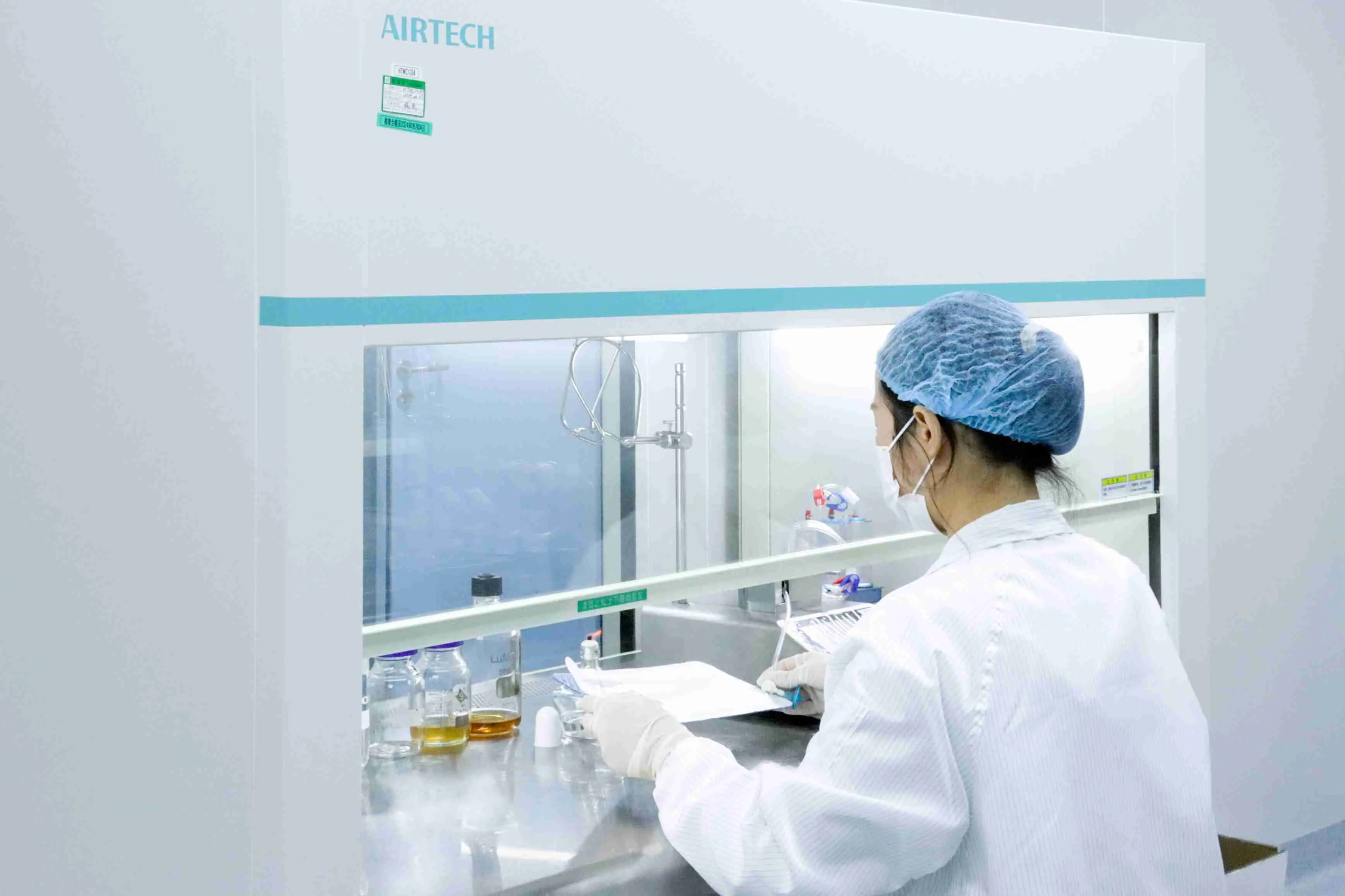 IECEE CBTL Testing Laboratory for IVD Medical Devi
IECEE CBTL Testing Laboratory for IVD Medical Devi
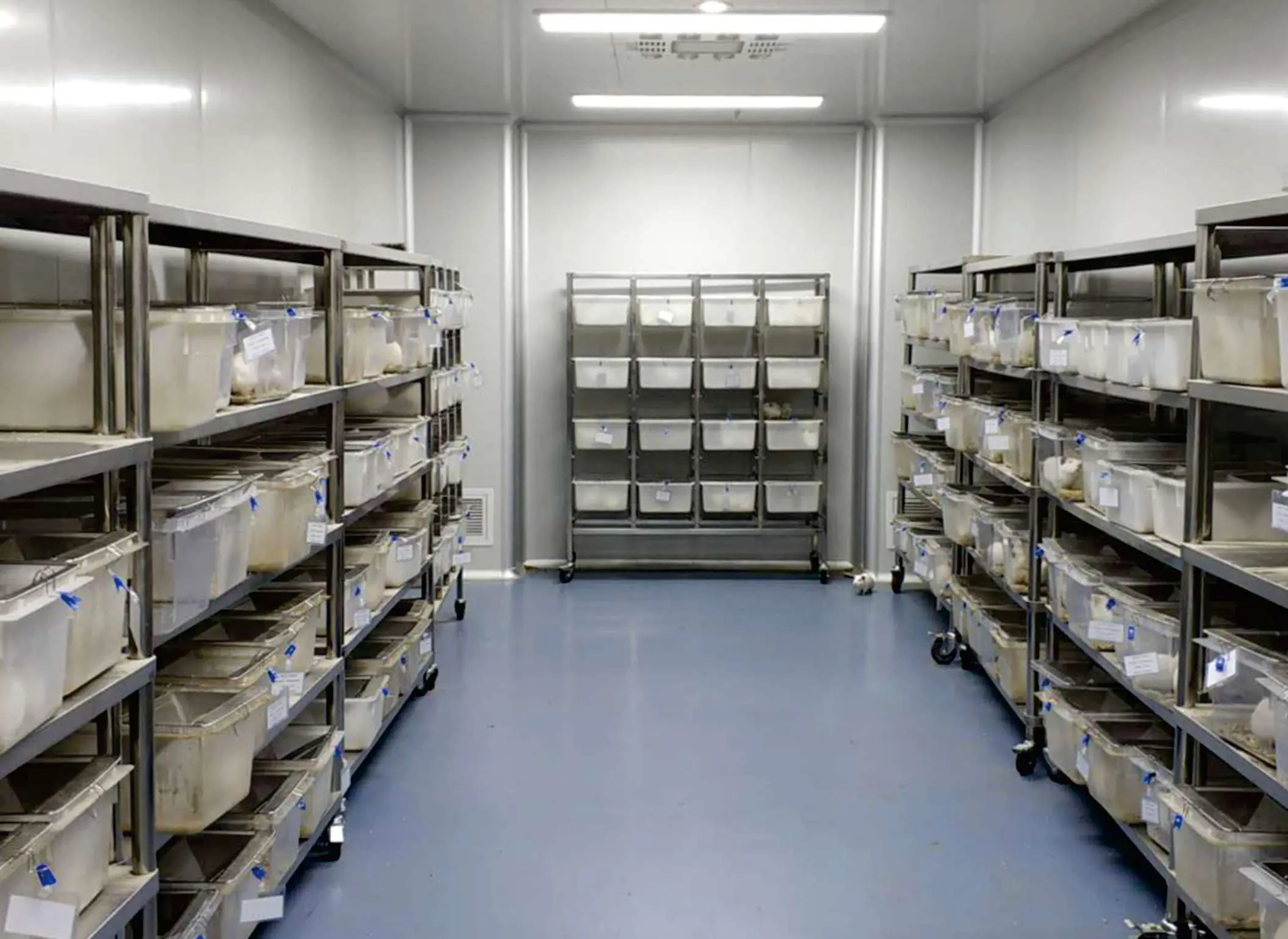 China OECD GLP-Certified Laboratory
China OECD GLP-Certified Laboratory
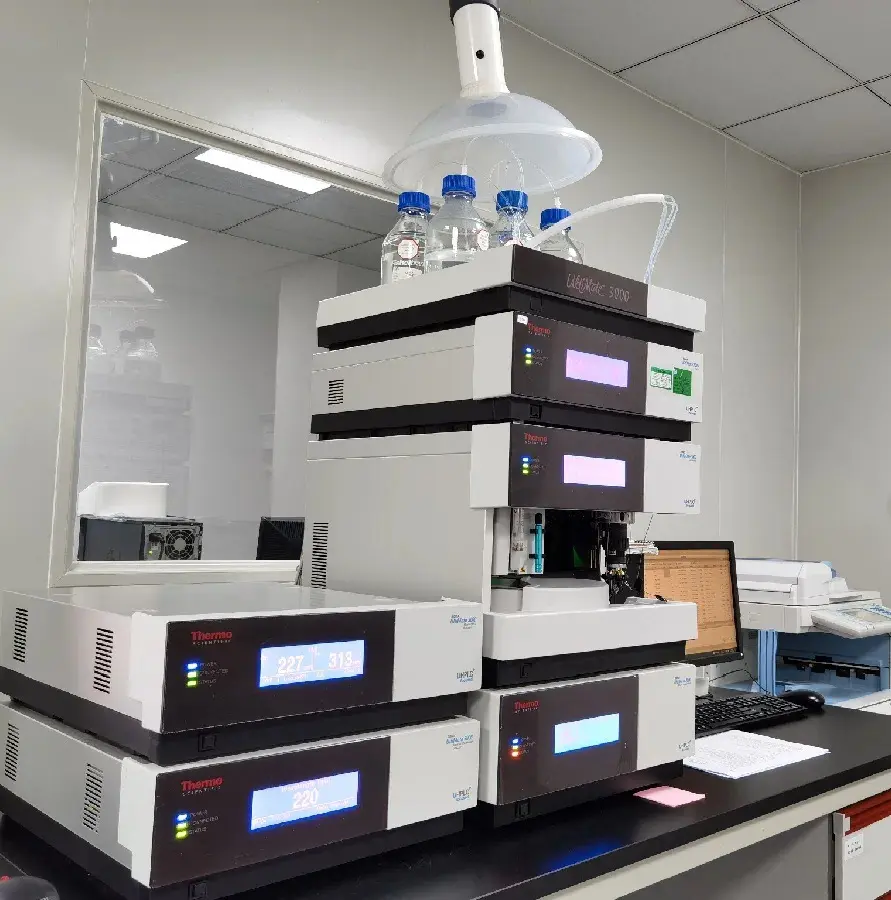 Packaging Validation ISO 11607 Test Report
Packaging Validation ISO 11607 Test Report
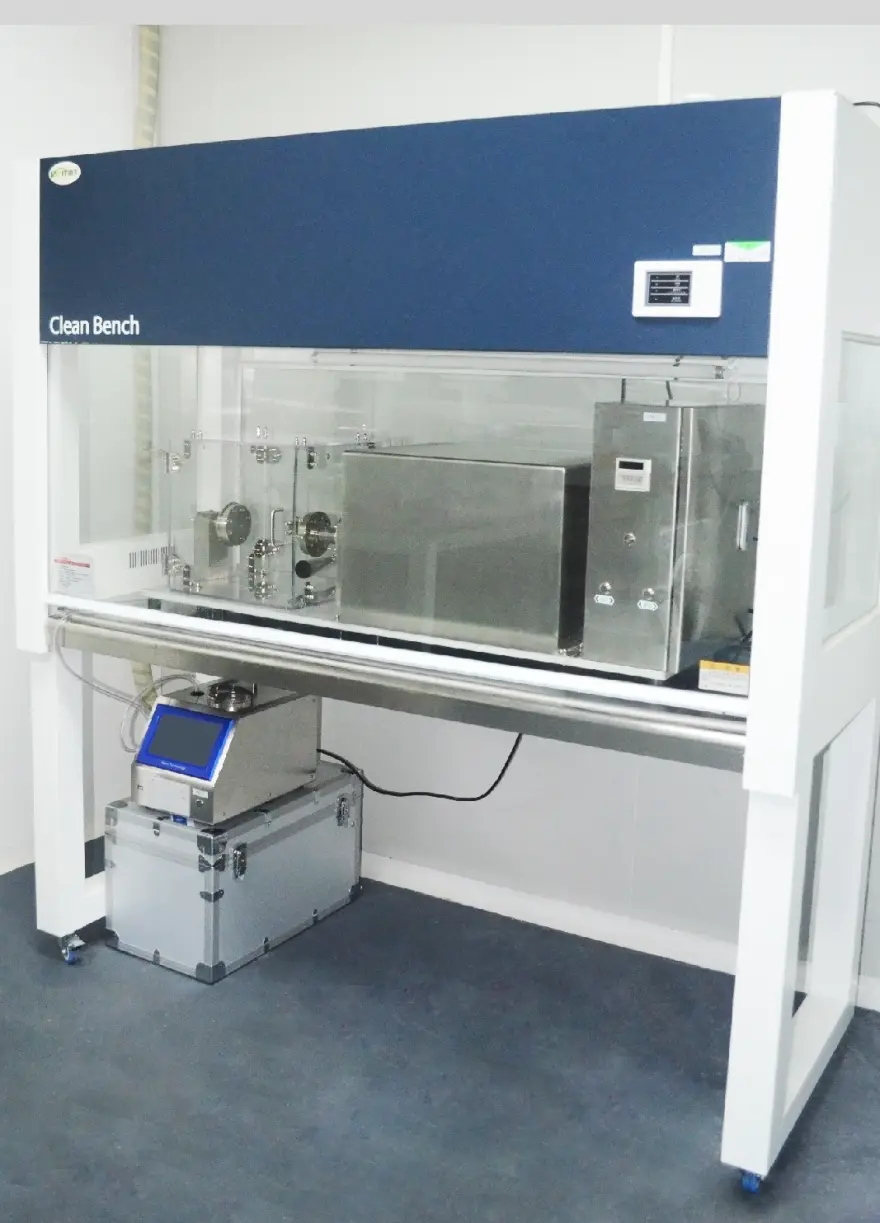 What is the ISO 11607-1 Packaging Validation Test?
What is the ISO 11607-1 Packaging Validation Test?
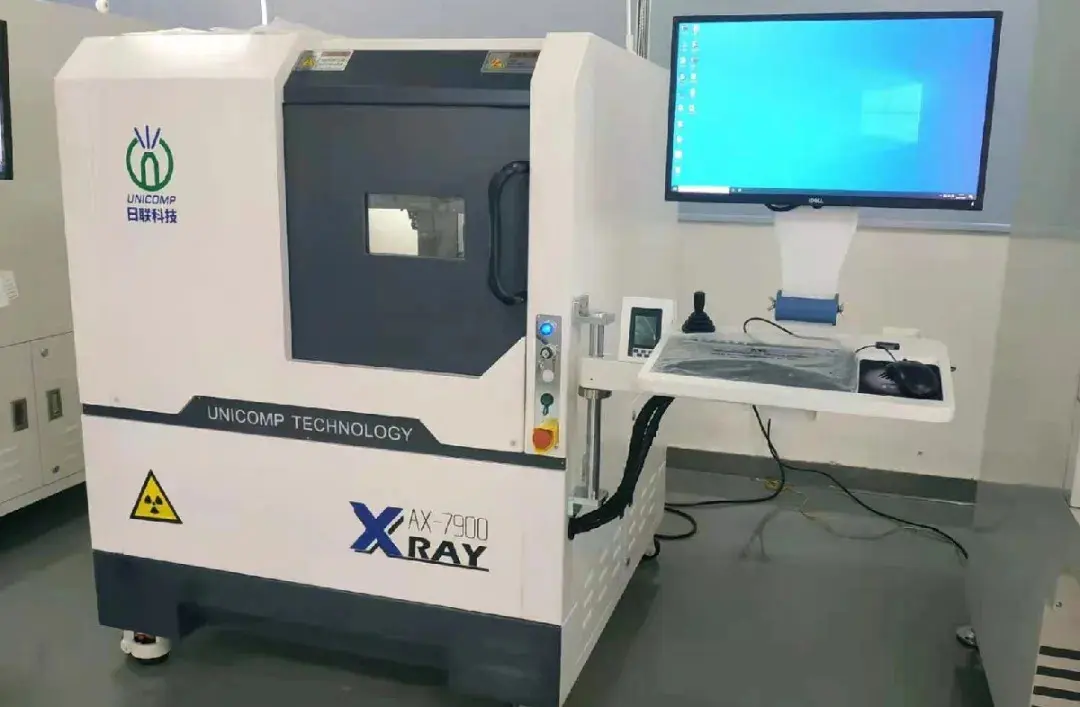 How to get an ISO 11737-1 Test Report?
How to get an ISO 11737-1 Test Report?
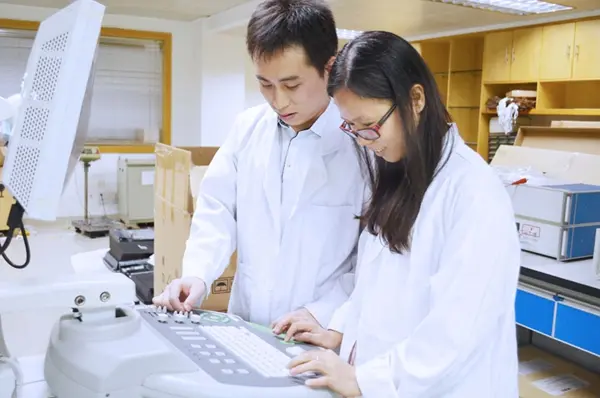 Orthopedic Implant Cleanliness Testing
Orthopedic Implant Cleanliness Testing
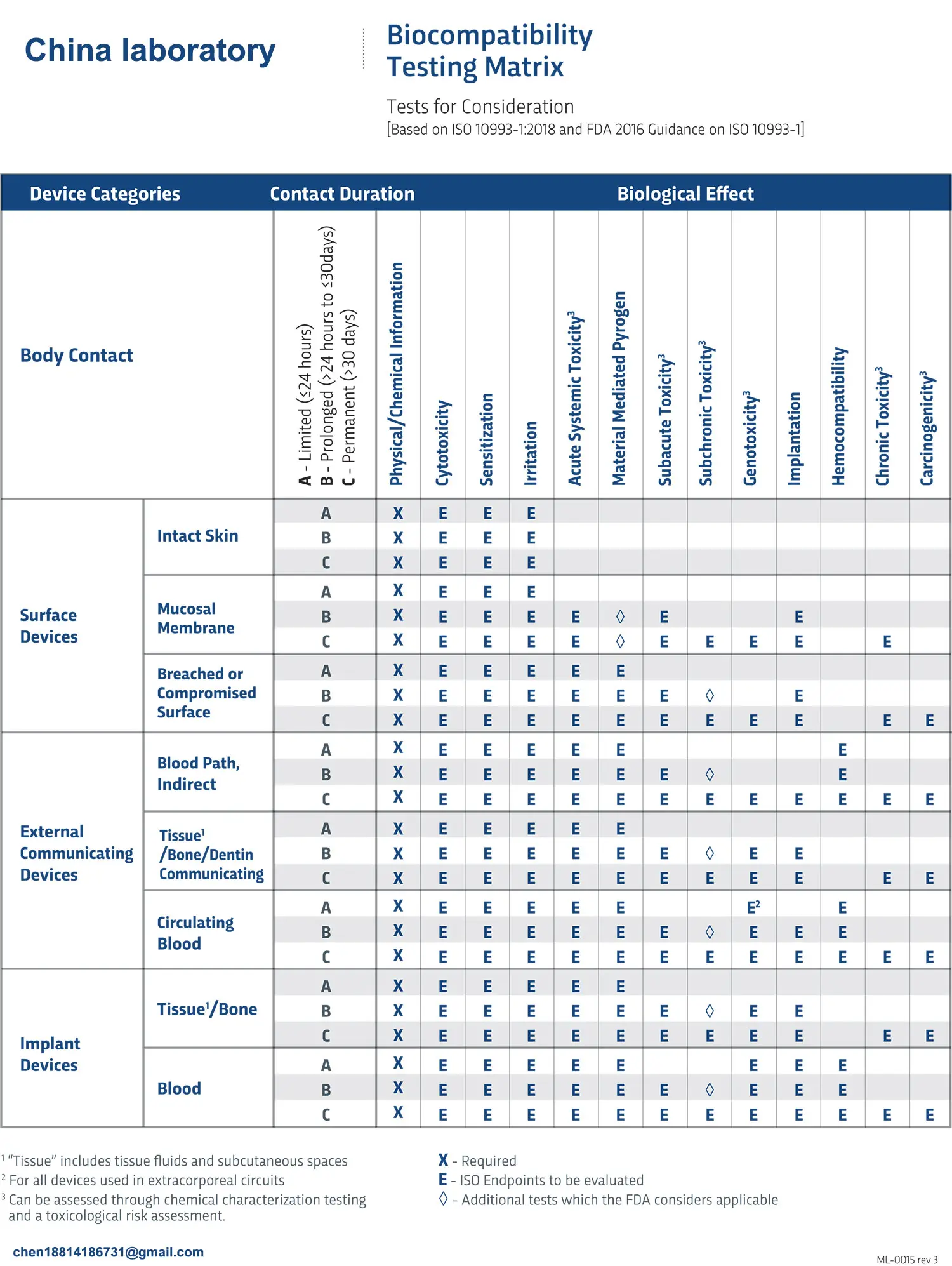 What is ISO 10993-23:2021 Irritation Testing?
What is ISO 10993-23:2021 Irritation Testing?
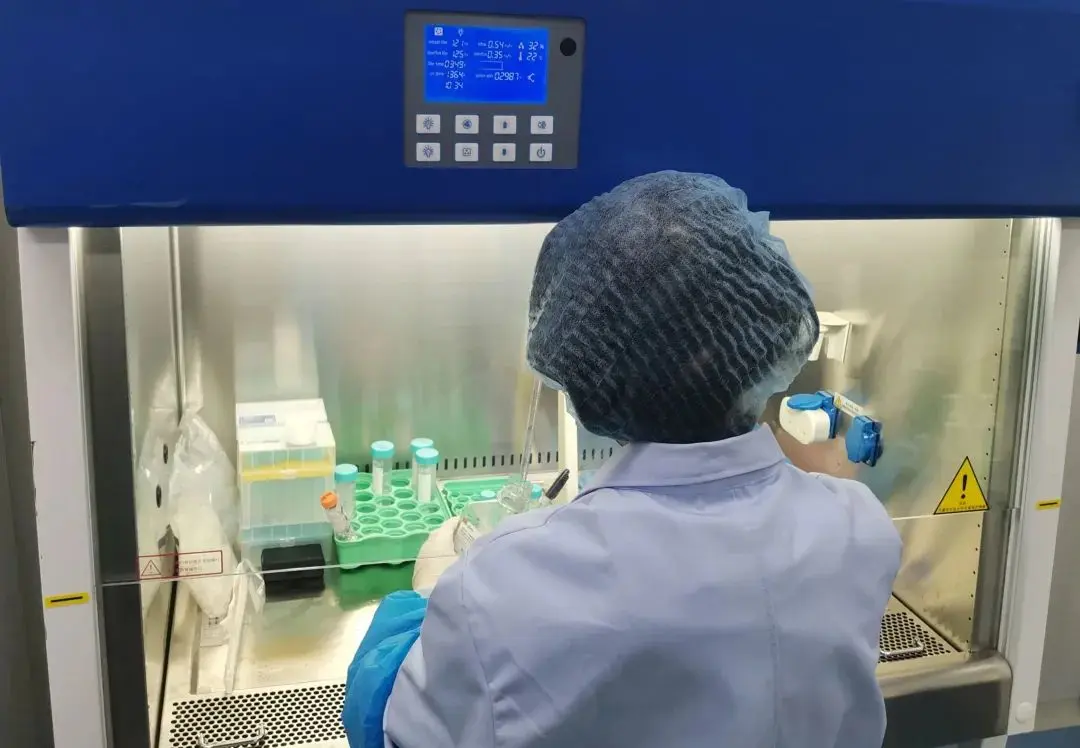 ISO 10993-23 Irritation Testing Laboratory
ISO 10993-23 Irritation Testing Laboratory
Leave us a message
24-hour online customer service at any time to respond, so that you worry!




